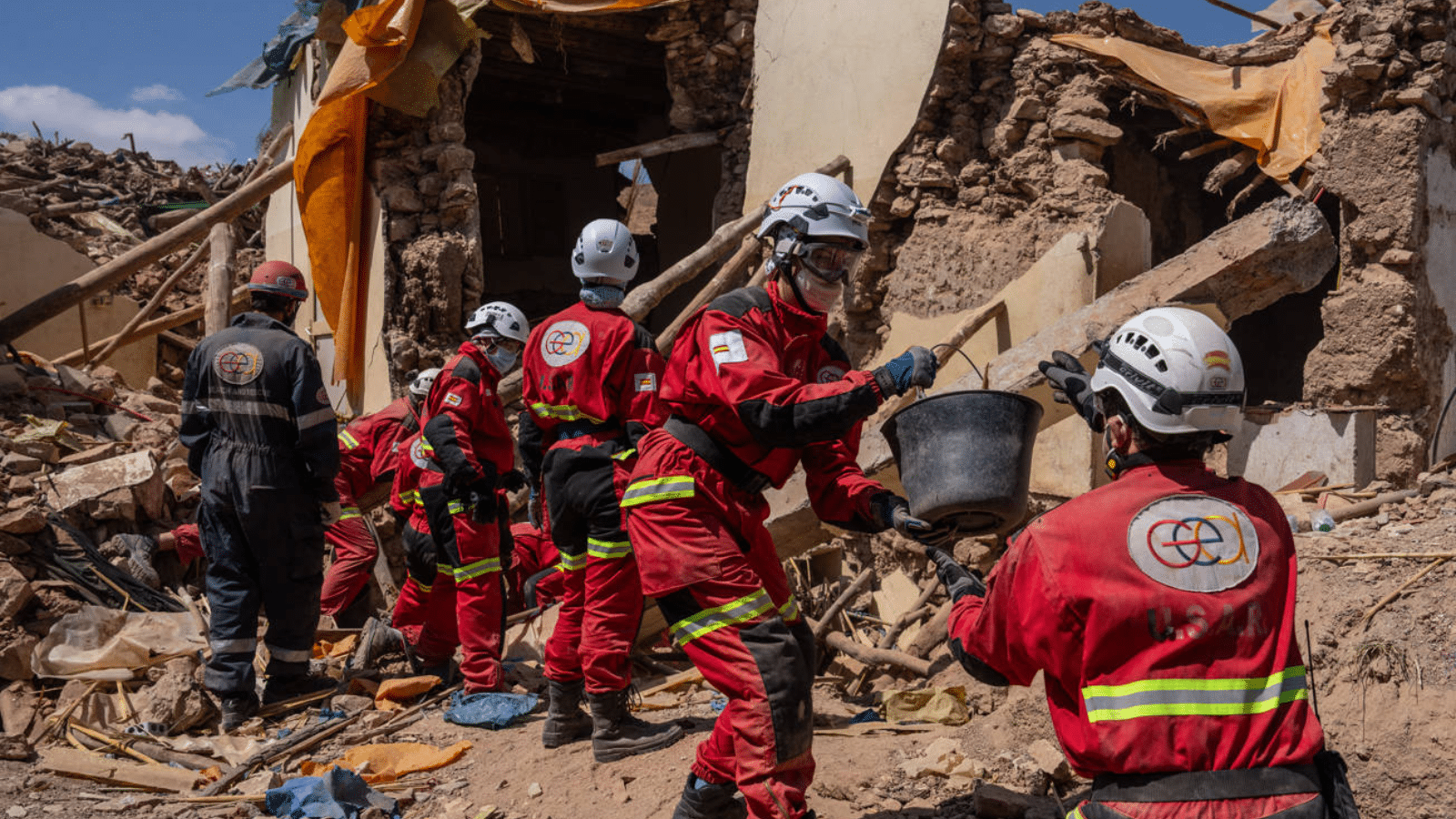The current climate for humanitarian action is shaped by a number of challenges and opportunities. A rise in the number and length of crises has driven up humanitarian needs, while the political contexts in which these crises occur is increasingly restrictive and autocratic. While funding has stayed steady, it sits with a shrinking pool of donors, posing questions for the future viability of humanitarian finance and how donors can maximise the value of their contributions. New technologies offer both great opportunity and risk in humanitarian effectiveness and the relationship between agencies and communities. And there is no slowing down in the growing expectation and demand for the system to radically change its business model to be more community and locally driven.
For nearly 15 years, ALNAP, a global humanitarian learning network, has tracked the key trends and performance in the humanitarian system, for its independent research series, the State of the Humanitarian System. On the back of its 2022 edition, ALNAP has undertaken over 50 dissemination events, discussing and reflecting back the report’s key findings with a cross-section of the humanitarian system. Drawing on both the report’s research as well as the issues that have arisen in these dissemination events, this event draws together the key implications for the Norwegian Foreign Affairs Ministry (MFA) as it finalises its new humanitarian strategy and as changes in the governance structure of Norwegian humanitarian aid have recently been announced.
The key questions posed by this PRIO-NCHS-ALNAP event were:
